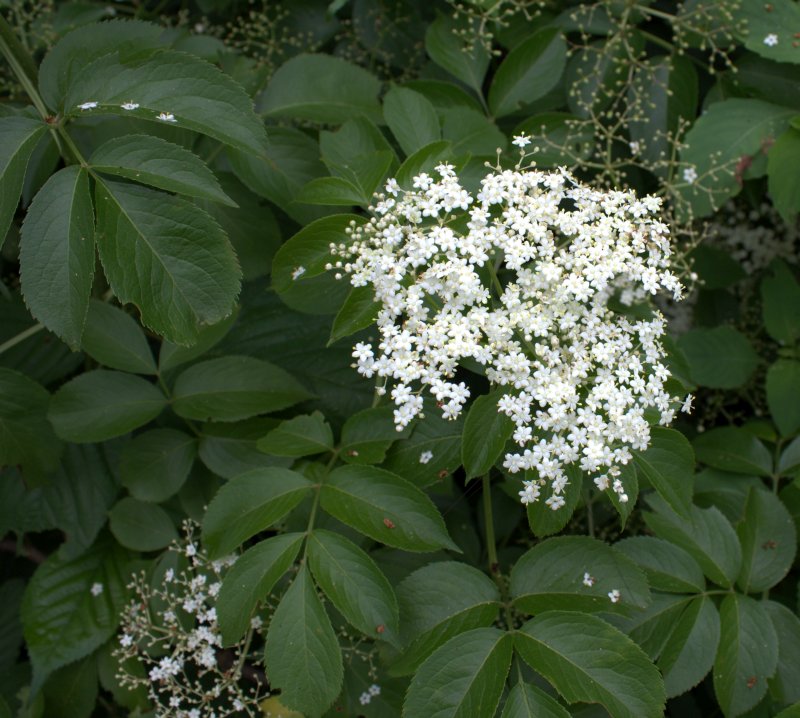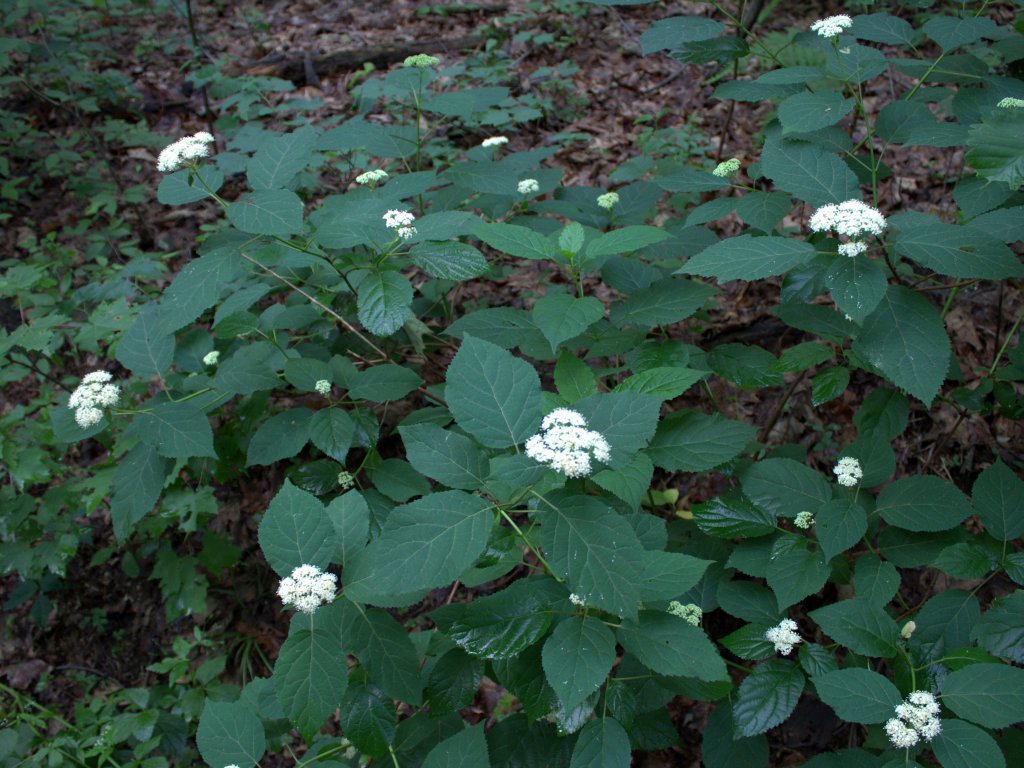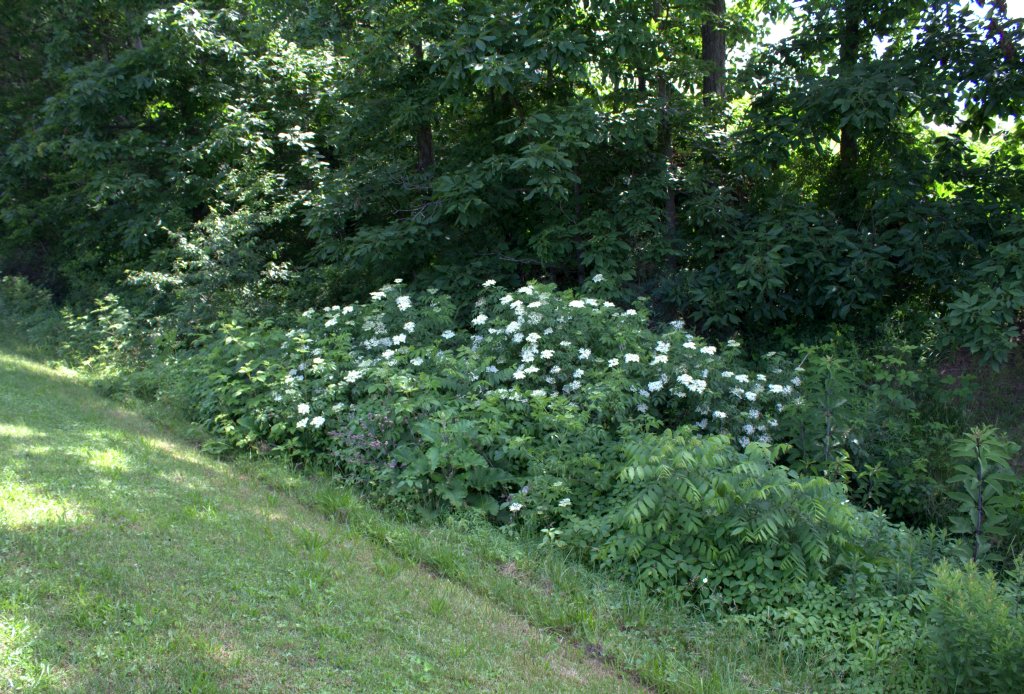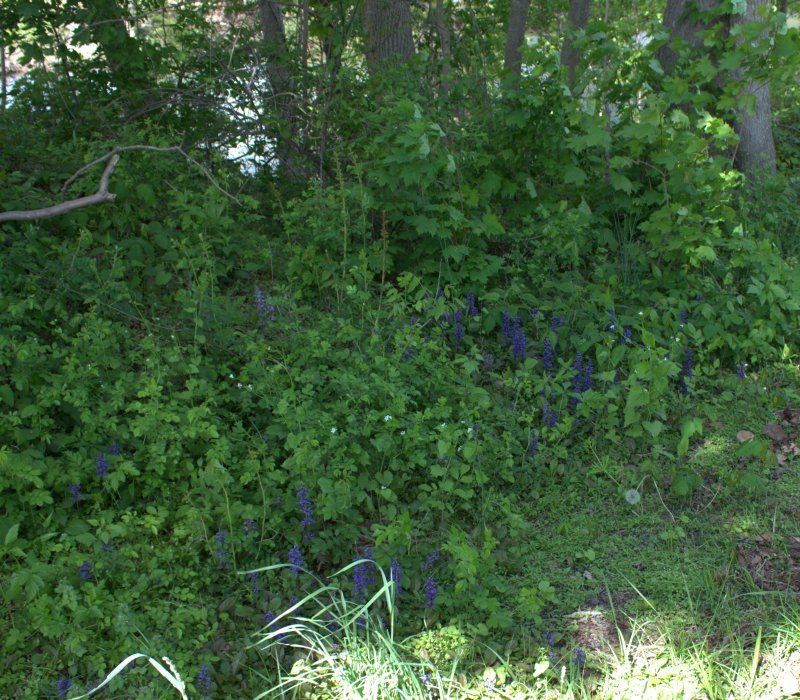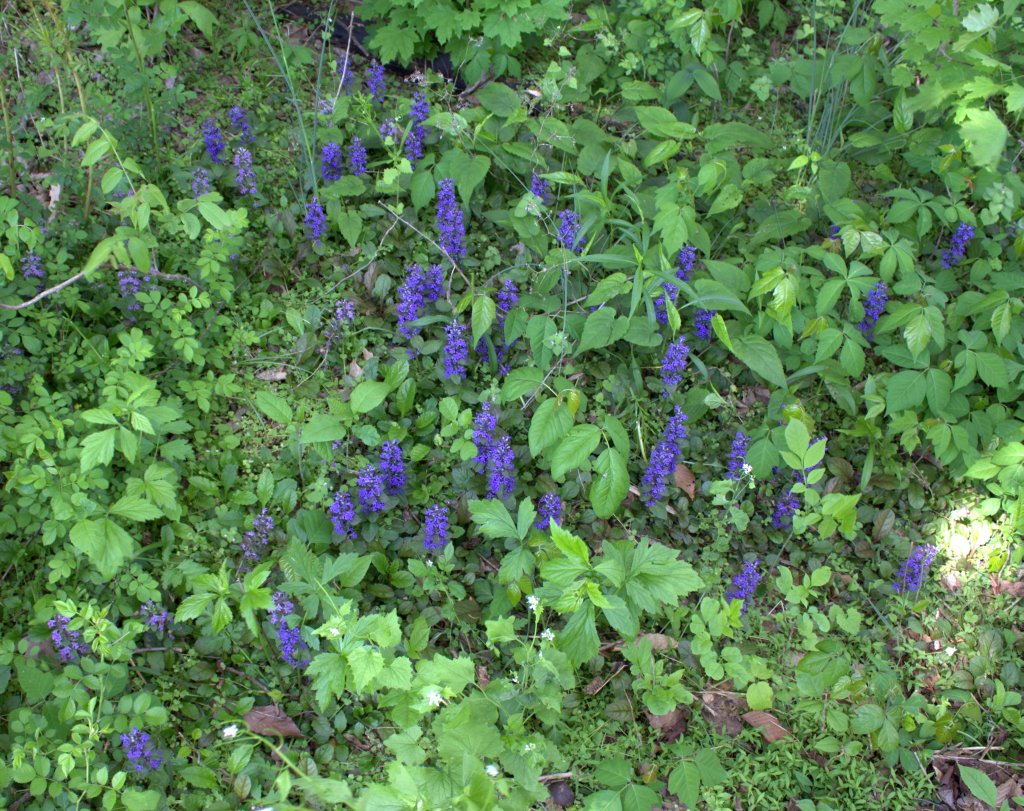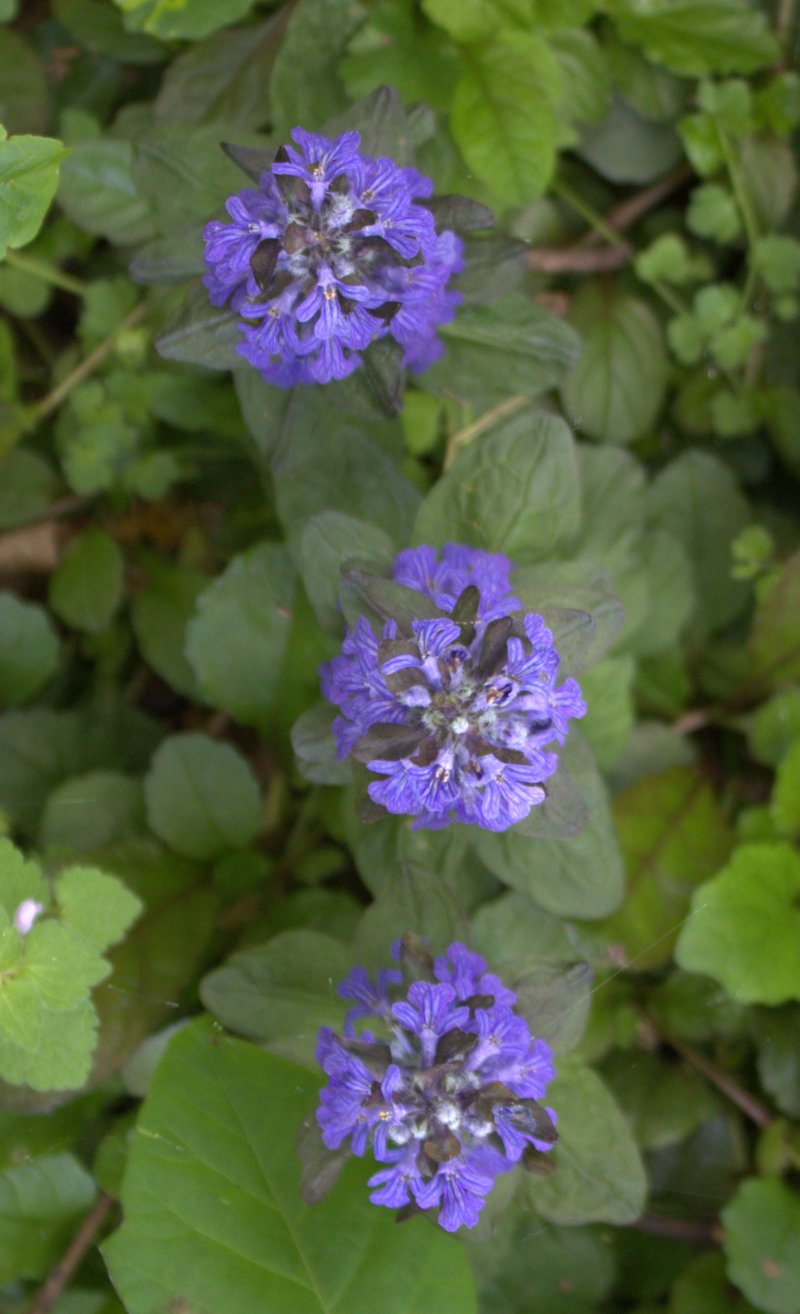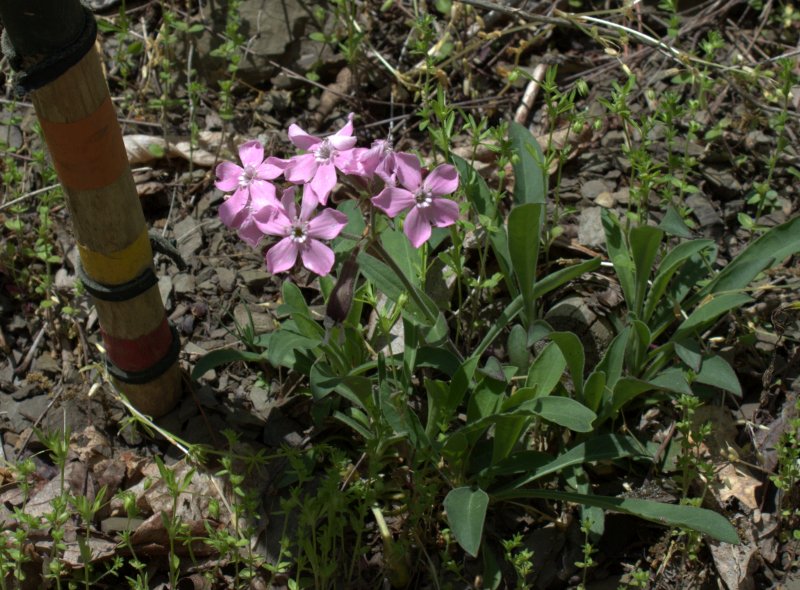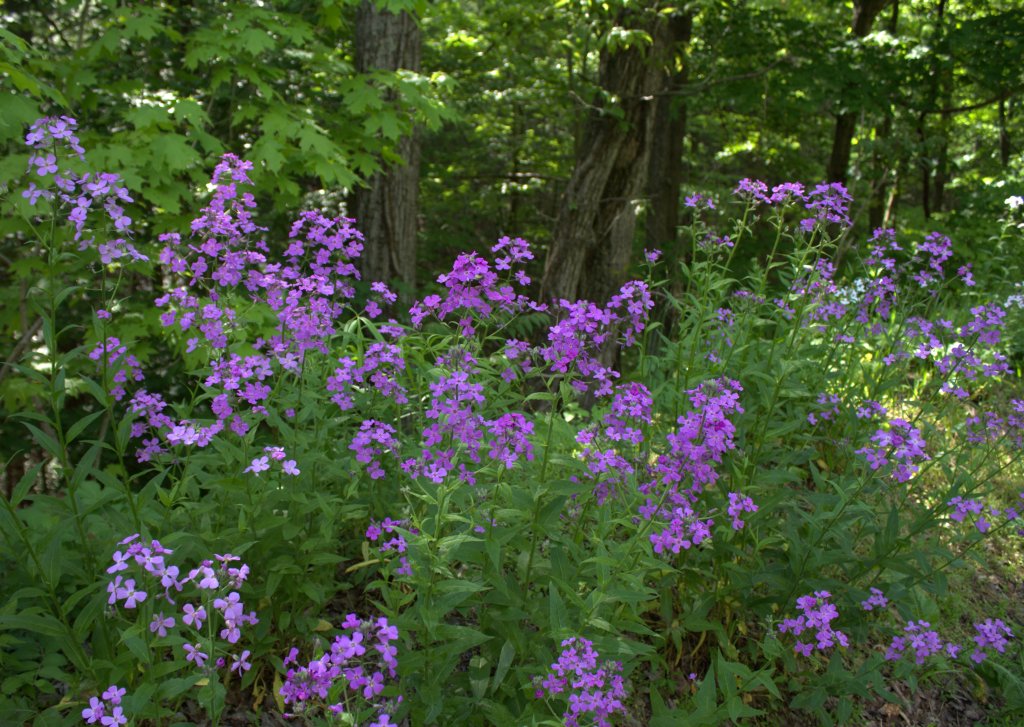Once you see what a dill weed plant looks like in flower, you’ll easily recognize other related plants as being members of the same family because of their flowering umbels.
The Carrot Family, Apiaceae, may also be referred to as the Umbelliferae or parsley family which contains several edible plants.
The flowers of Carrot Family members grow in umbels or compound umbels. Umbels contain groups of tiny flowers that have their flower stems emanating from a single point.
Wild parsnip, Pastinaca sativa, is a Carrot Family member that is not native to America that also flowers in umbels. It can be found growing tall at the edges of fields and on the side of the road in sunny locations. It will grow 2 to 5 feet tall and is found throughout the eastern U.S. in waste places, according to Peterson’s Wildflowers Field Guide.
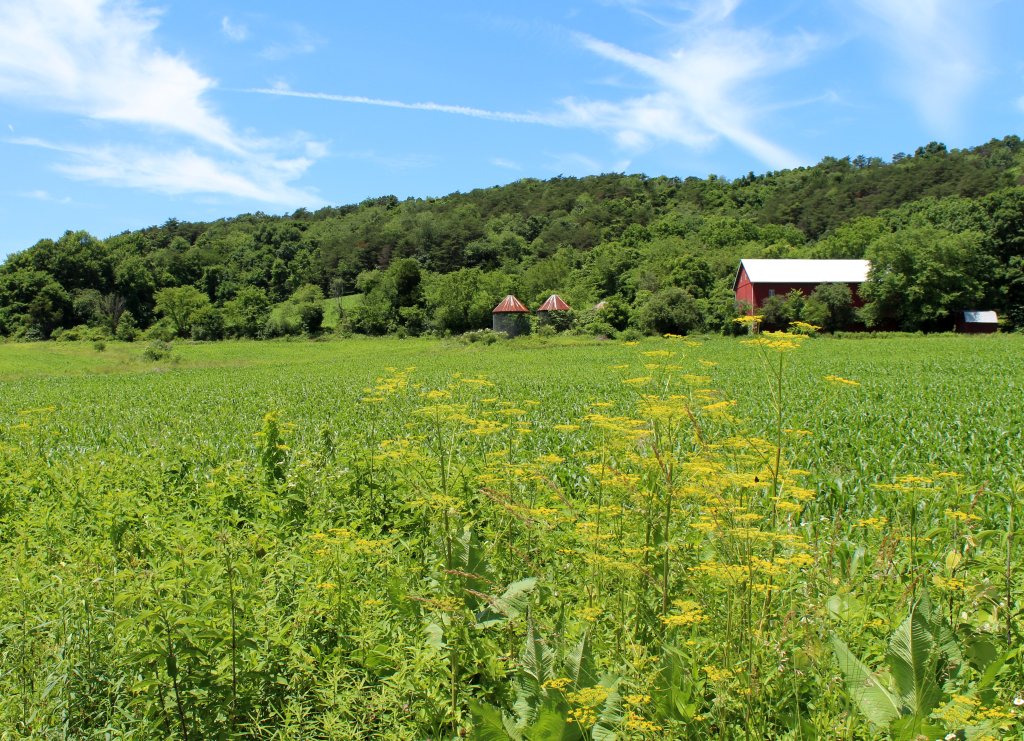
The foliage of this alien plant is made up of compound leaves attached alternately to a thick, ridged main stem.
